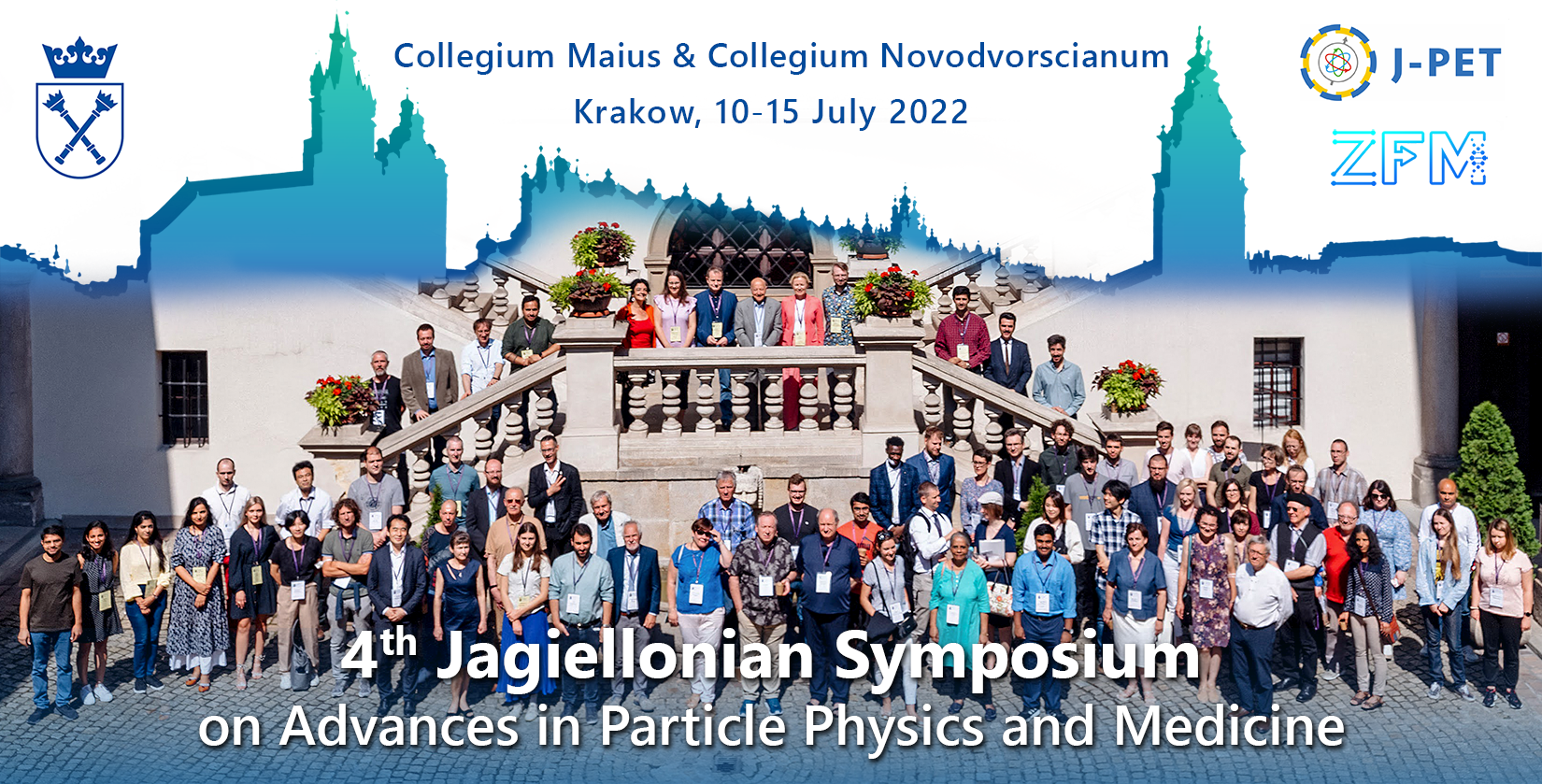Speaker
Description
Author: Shivani
Shivani1,2 On the behalf of J-PET collaboration
1Faculty of Physics and Applied Computer Science, Jagiellonian University, Cracow, Poland
2Center for Theranostics, Jagiellonian University, Poland
In both developing and developed countries, breast cancer is the top cause of mortality among women. Medical imaging plays an important role for breast cancer screening, for classifying and examining indistinct breast abnormalities, as well as for defining the extent of breast tumors [1]. Positron Emission Mammography is one of the most widely used imaging modalities today (PEM). The goal of the J-PET group is to develop, build, and test the J-PEM (Jagiellonian Positron Emission Tomography), which is based on a novel concept using plastic scintillators[2,3,4,5] and a wavelength shifter (WLS) [6,7]. readout.
The results of the examination of data acquired from the hospital, which included 131 lesions, will be presented in this poster. The cases involved 114 individuals, with 98 having one lesion, 14 having two lesions, and one patient having three lesions. The findings of the BI RADS-based diagnostic test will be presented. A comparison of ROC curves will also be shown.
The performance of a newly designed J-PEM scanner prototype is also characterised in this work. The goal of the J-PET group is to develop, build, and test the J-PEM (Jagiellonian Positron Emission Tomography), which is based on a novel idea using plastic scintillators[2,3,4,5] and wavelength shifter (WLS) [6,7] readout. The prototype system is made up of two layers of plastic scintillators (6x24x500 mm) and one layer of wavelength shifters [3] (3x10x100 mm) arranged orthogonally between them. For signal reading, each scintillator bar is connected to Silicon Photomultipliers on both ends. This three-dimensional device is based on the innovative notion of using plastic scintillators to detect annihilation photons and wavelength shifters to improve spatial resolution (WLS). Gate simulation was used to calculate the point spread function, sensitivity, and scatter fraction. To understand the difference, simulations were run with WLS strips (Z = 1.28 mm) and without WLS strips (Z = 10 mm). It is apparent that utilising WLS strips lowered the value of PSF along the Z-axis by about half (4.7 mm).
[1] E. Łuczyńska,et al., Med Sci Monit, 2015; 21: 1358-1367
[2] P. Moskal, Sz. Niedźwiecki, et al., Nucl. Instr. Meth. A 764, 317 (2014).
[3] P. Moskal, O. Rundel, et al., Phys. Med. Biol. 61, 2025 (2016).
[4] P. Moskal, K. Dulski, et al., Science Advances 7 (2021) eabh4394.
[5] P. Moskal, A. Gajos, et al., Nature Communications 12 (2021) 5658.
[6] J. Smyrski, P. Moskal, et al., BioAlgorithms and Med-Systems 10, 59 (2014).
[7] J. Smyrski, et al., Nuclear Inst. and Methods in Physics Research A 851, 39-42,
(2017).
Acknowledgements:
The authors acknowledge support by the TEAM POIR.04.04.00-00-4204/17 program, the NCN grant no. 2021/42/A/ST2/00423 and the SciMat and qLife Priority Research Areas budget under the program Excellence Initiative - Research University at the Jagiellonian University

